Home>Articles>Two General Precautions When Carrying Hand Tools
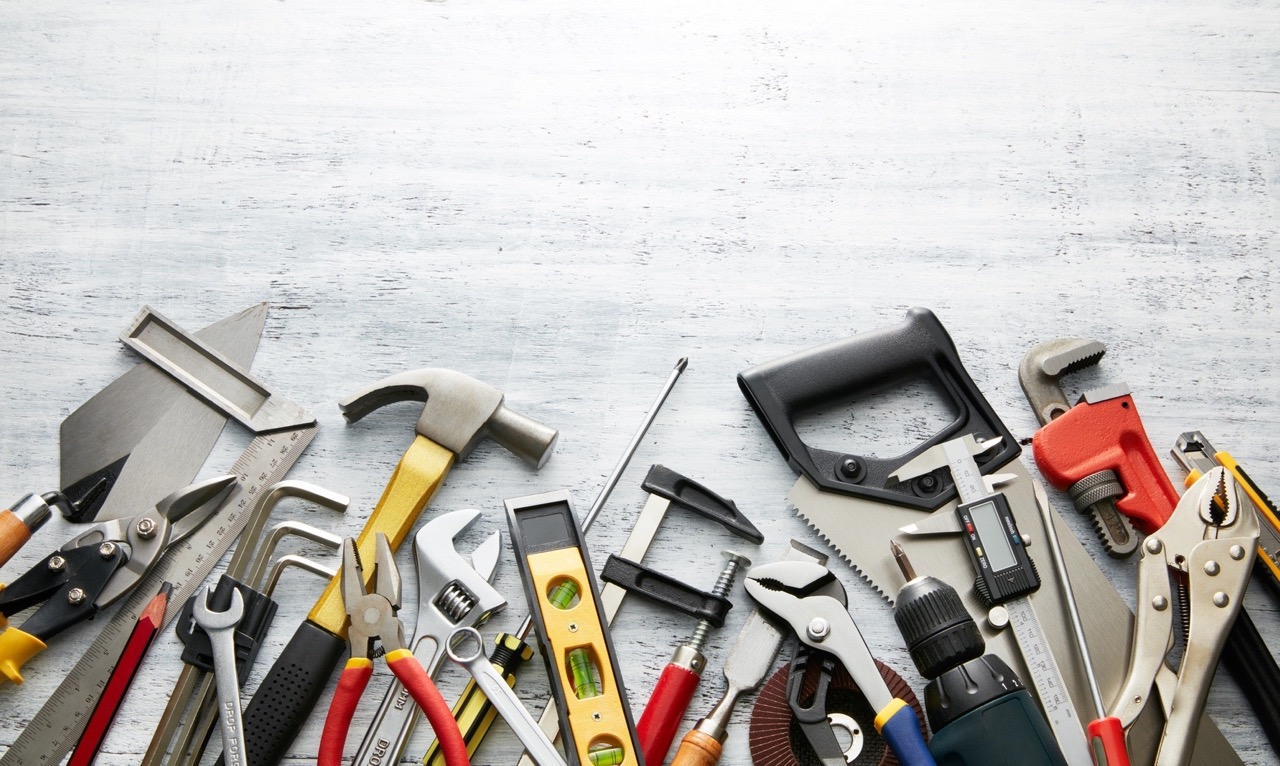

Articles
Two General Precautions When Carrying Hand Tools
Modified: December 7, 2023
Discover two important precautions to keep in mind when using hand tools in this informative article. Learn how to ensure your safety and prevent accidents.
(Many of the links in this article redirect to a specific reviewed product. Your purchase of these products through affiliate links helps to generate commission for Storables.com, at no extra cost. Learn more)
Introduction
When it comes to working with hand tools, safety should always be the top priority. Whether you are a DIY enthusiast or a professional tradesperson, using hand tools correctly and taking the necessary precautions is essential to prevent accidents and injuries. In this article, we will discuss two general precautions that should be taken when carrying hand tools.
Hand tools are incredibly versatile and can be found in almost every area of life, from construction sites to household repairs. They allow us to perform tasks efficiently and with precision. However, if not used properly, hand tools can pose serious risks. Therefore, understanding and implementing safety measures is crucial to ensure a safe working environment.
In the following sections, we will outline two important precautions that should be followed when using hand tools. By following these guidelines, you can minimize the risk of accidents and injuries and ensure a secure working environment.
Key Takeaways:
- Use the right tool for the job to minimize accidents and injuries. Select tools designed for specific tasks, ensure they are in good condition, and familiarize yourself with proper techniques and grips.
- Prioritize safety by wearing appropriate Personal Protective Equipment (PPE) when working with hand tools. Protect your eyes, hands, ears, and head to create a safer work environment and prevent potential harm.
Precaution 1: Use the Right Tool for the Job
Using the right tool for the job is not only important for efficiency and effectiveness but is also vital for safety. When you use a hand tool that is designed for a specific task, you reduce the risk of accidents and injuries that can occur from using the wrong tool.
One common mistake many people make is attempting to use a tool that is not intended for a particular job. For example, using a wrench as a hammer or a screwdriver as a chisel can not only damage the tool but also put you at risk. The incorrect tool may not have the necessary strength or grip to perform the task properly, leading to slips and accidents.
Another aspect to consider when using the right tool for the job is its condition. Make sure that your tools are in good working order before using them. Check for any signs of wear and tear, such as loose handles or rusted blades. Faulty or damaged tools can be dangerous to use and should be either repaired or replaced.
Furthermore, it is essential to select the appropriate size and type of tool for the task at hand. Using a tool that is too small or too large for the job can result in poor performance and potentially cause accidents. For example, using a small screwdriver on a large screw may cause the screwdriver to slip and lead to hand injuries.
Lastly, it is important to familiarize yourself with the proper techniques and grips required for each tool. Using a tool incorrectly can lead to accidents and put unnecessary strain on your body. If you are unsure about the correct way to use a particular tool, consult the manufacturer’s instructions or seek guidance from a knowledgeable professional.
By taking the time to select the right tool for the job and using it properly, you can not only ensure your safety but also enhance your productivity and achieve better results.
Always inspect your hand tools for damage before use and wear appropriate personal protective equipment to prevent injury.
Precaution 2: Wear Personal Protective Equipment (PPE)
When working with hand tools, it is crucial to protect yourself by wearing the appropriate Personal Protective Equipment (PPE). PPE acts as a barrier between you and potential hazards, reducing the risk of injuries and keeping you safe.
One of the most important pieces of PPE when working with hand tools is protective eyewear. Eye injuries can occur from flying debris, sparks, or foreign objects. Wearing safety goggles or glasses can prevent eye damage and ensure clear vision while using tools.
Additionally, hand injuries are common in tool-related accidents. To protect your hands and fingers, it is essential to wear sturdy work gloves. Gloves provide a layer of protection against cuts, abrasions, and other potential hand injuries. Choose gloves that fit well and allow for dexterity, ensuring that you can handle tools comfortably.
Depending on the specific task, other PPE may be necessary. For example, when using power tools or working in noisy environments, ear protection such as earplugs or earmuffs will safeguard your hearing. Dust masks or respirators are essential for protection against airborne particles, especially when working with materials such as wood, concrete, or chemicals.
In some cases, working with hand tools may involve working at heights or in unstable conditions. In such situations, wearing a safety helmet is crucial to protect your head. A helmet provides protection against falling objects or accidental head impact.
Lastly, it is important to dress appropriately for the job. Avoid loose-fitting clothing that can get caught in tools and machinery. Additionally, wear sturdy footwear with slip-resistant soles to prevent slips, trips, and falls.
Remember, wearing the appropriate PPE not only protects you from potential harm but also demonstrates a commitment to safety. By making it a routine to wear PPE while using hand tools, you create a safer work environment for yourself and those around you.
Conclusion
Working with hand tools can be both rewarding and fulfilling, but it is important to prioritize safety at all times. By following the two general precautions discussed in this article, you can significantly reduce the risk of accidents and injuries.
Using the right tool for the job ensures that you can efficiently and effectively complete tasks without jeopardizing your safety. Remember to select tools that are meant for the specific task and ensure they are in good condition. Familiarize yourself with proper techniques and grips to minimize accidents.
Equally important is wearing personal protective equipment (PPE). Protective eyewear, gloves, ear protection, and other necessary PPE serve as a vital barrier against potential hazards. By wearing the appropriate PPE, you provide yourself with the necessary protection to prevent injuries.
It is essential to prioritize safety in all aspects of working with hand tools. Take the time to educate yourself on proper techniques, seek guidance from professionals if needed, and always be mindful of your surroundings and the potential risks involved in each task.
Remember, accidents can happen in an instant, but by implementing these precautions and adopting a safety-first mindset, you can create a secure working environment and ensure that your work with hand tools is not only efficient but also safe.
Frequently Asked Questions about Two General Precautions When Carrying Hand Tools
Was this page helpful?
At Storables.com, we guarantee accurate and reliable information. Our content, validated by Expert Board Contributors, is crafted following stringent Editorial Policies. We're committed to providing you with well-researched, expert-backed insights for all your informational needs.
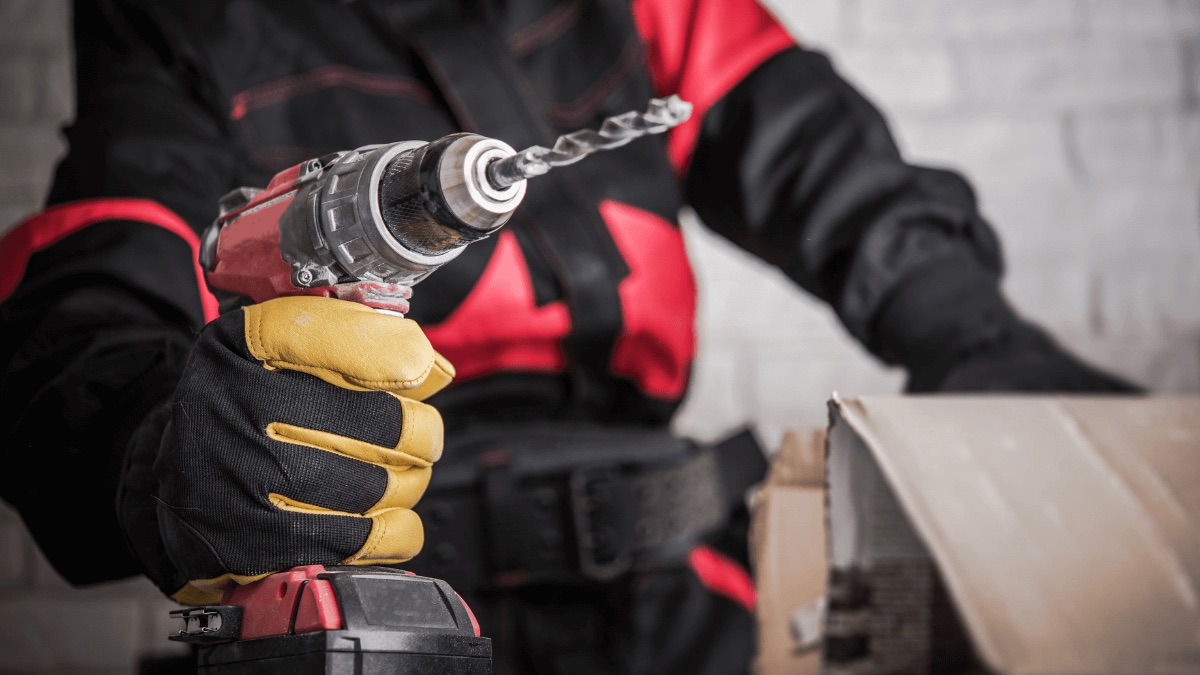
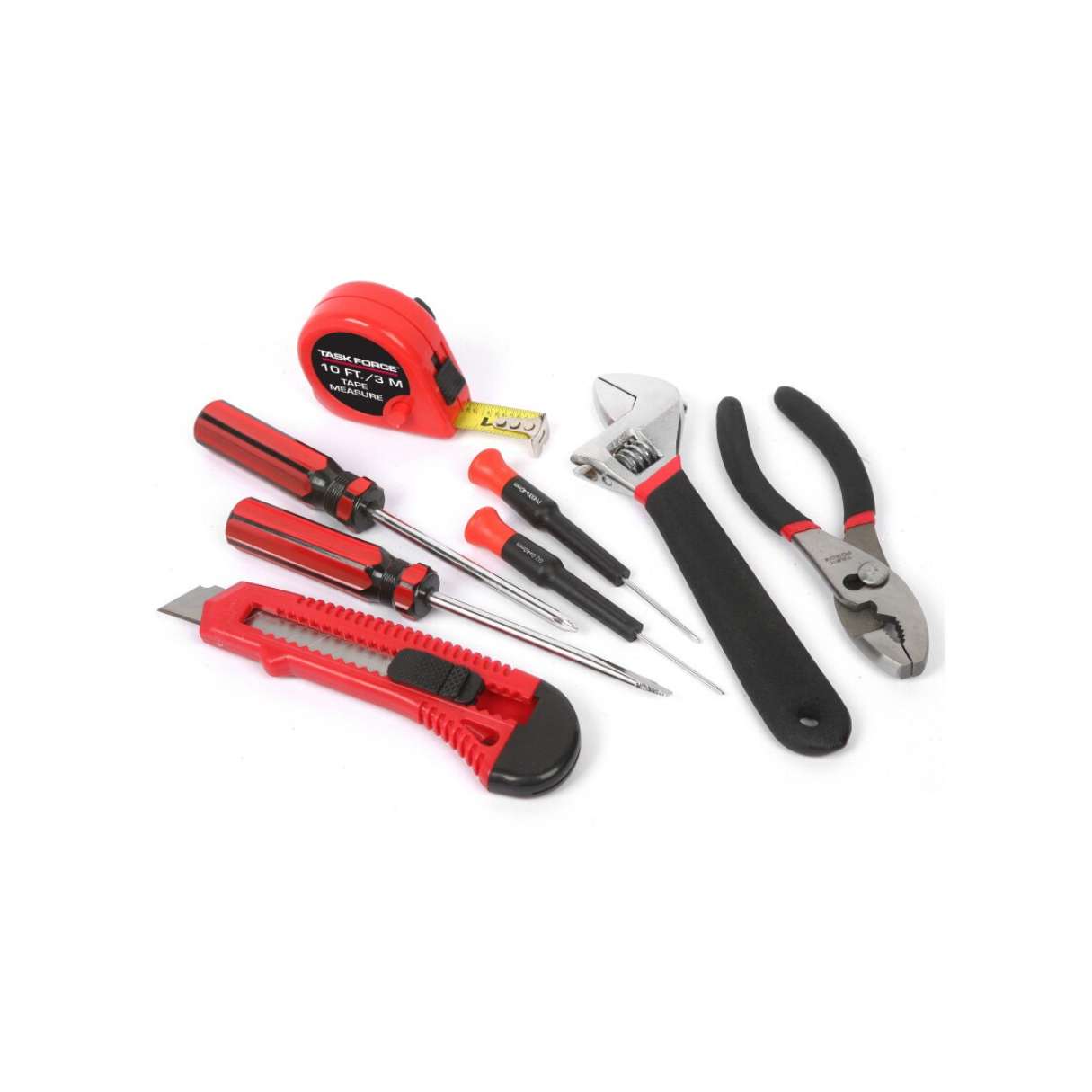
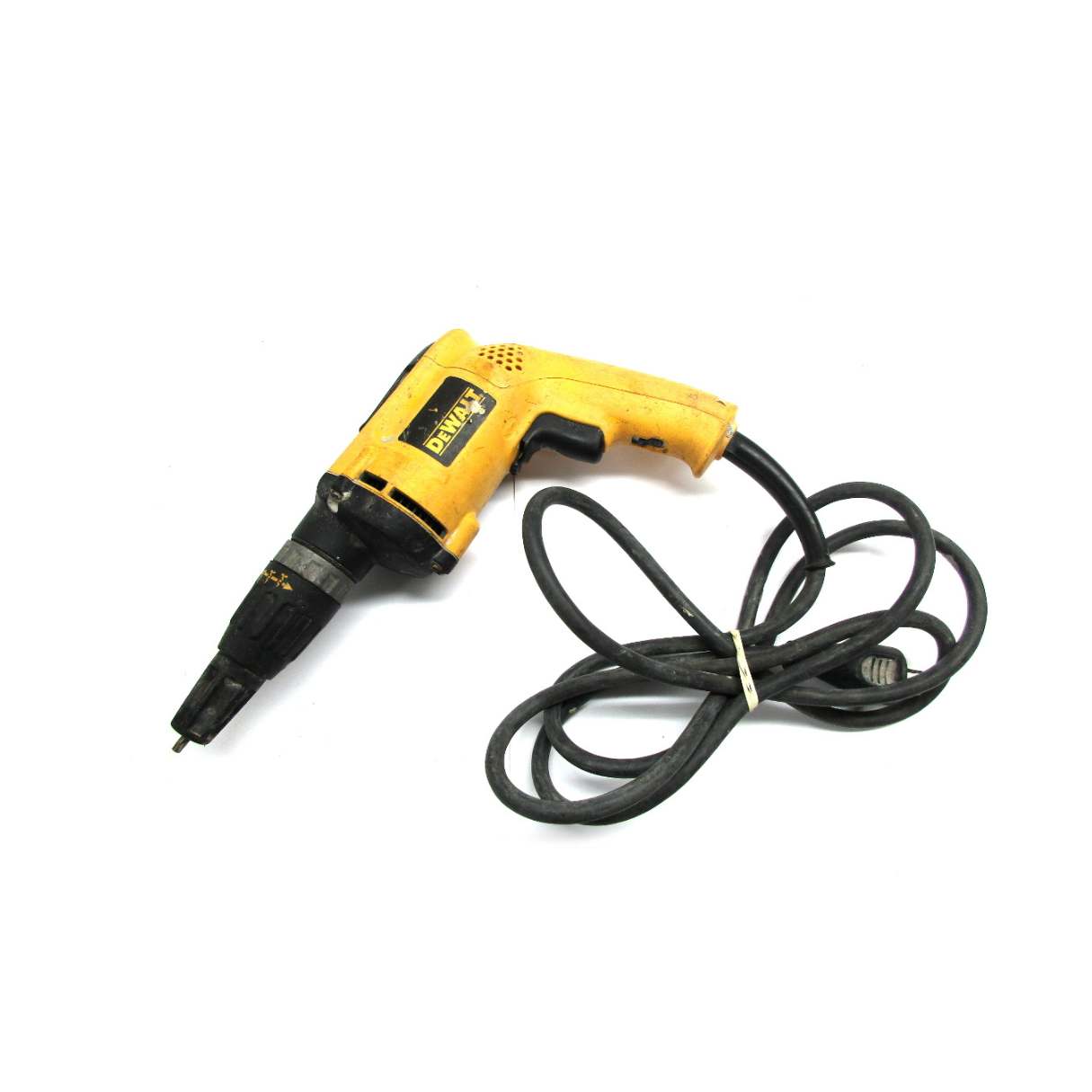
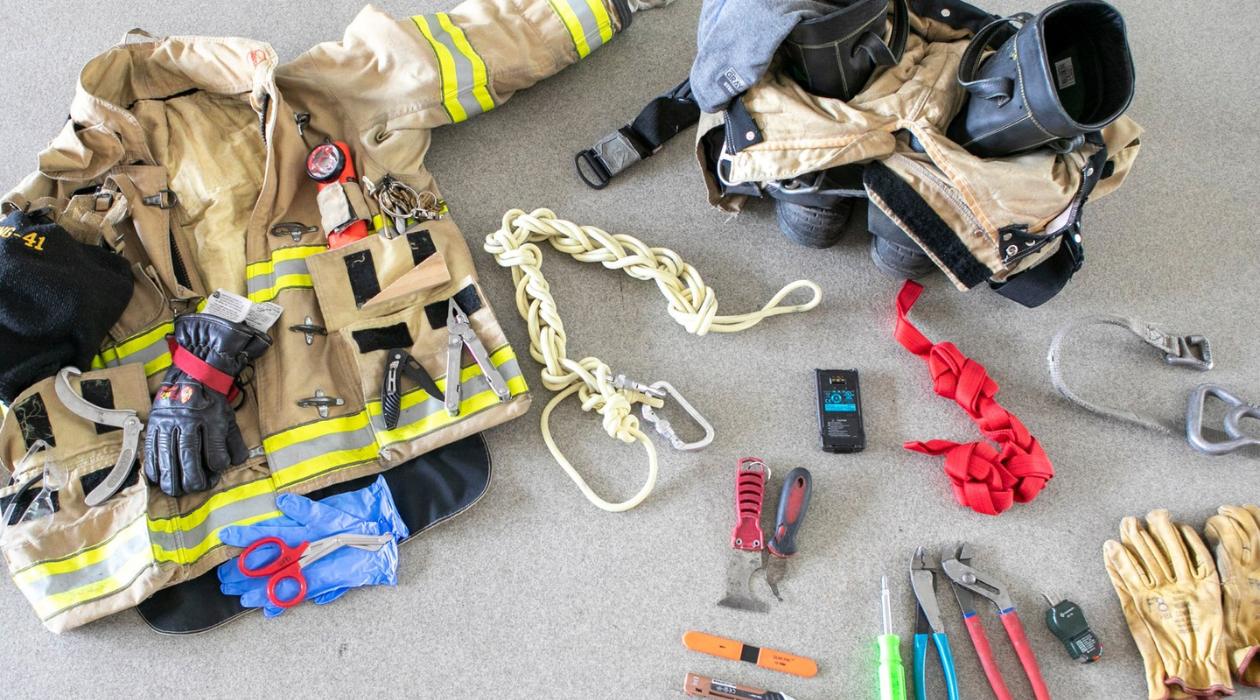

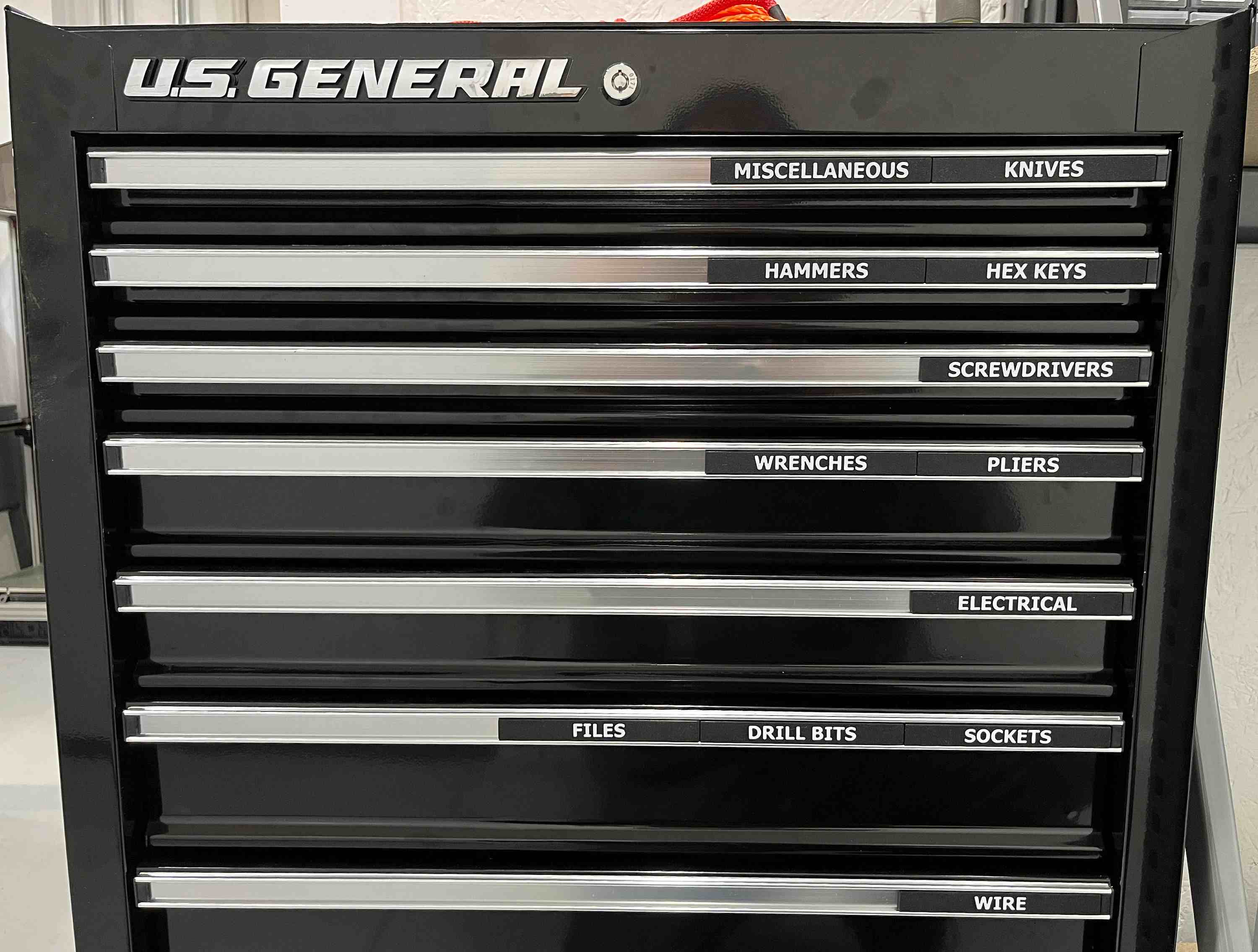
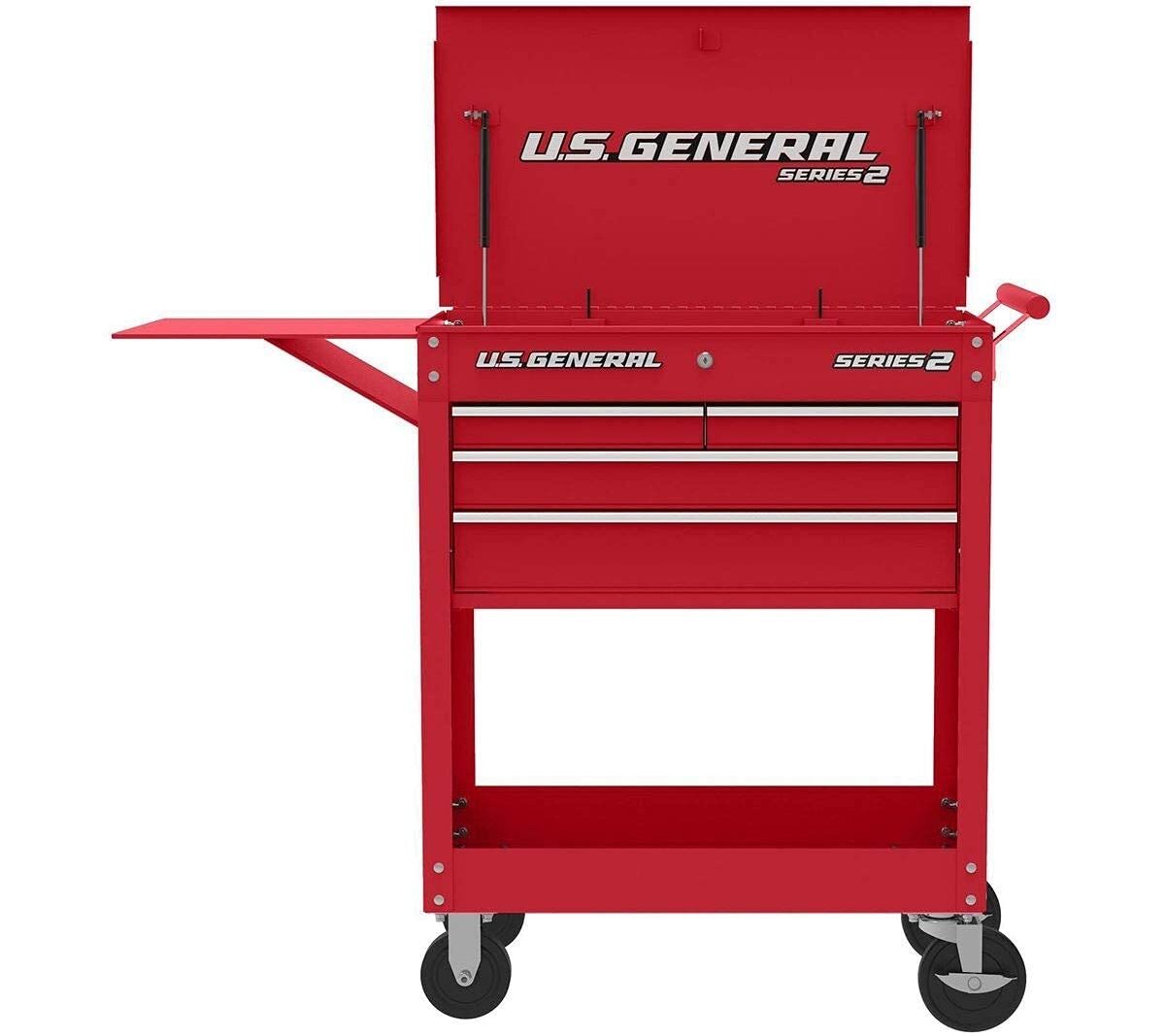
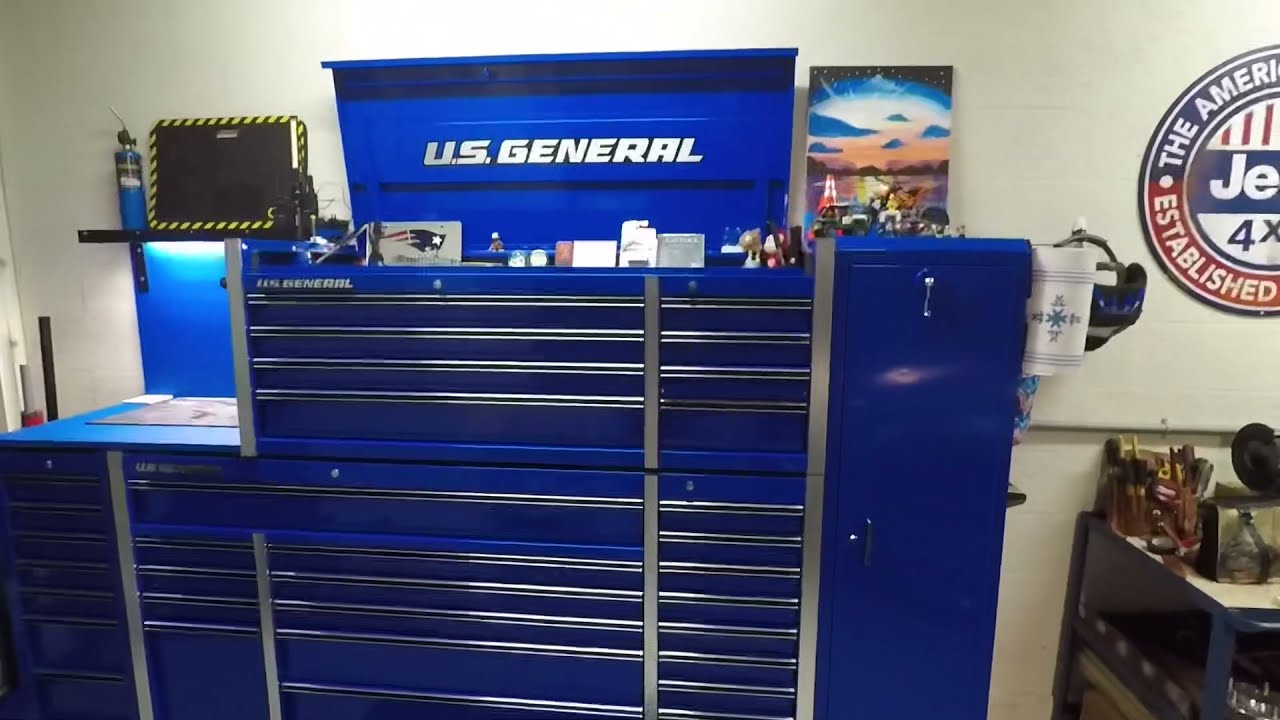
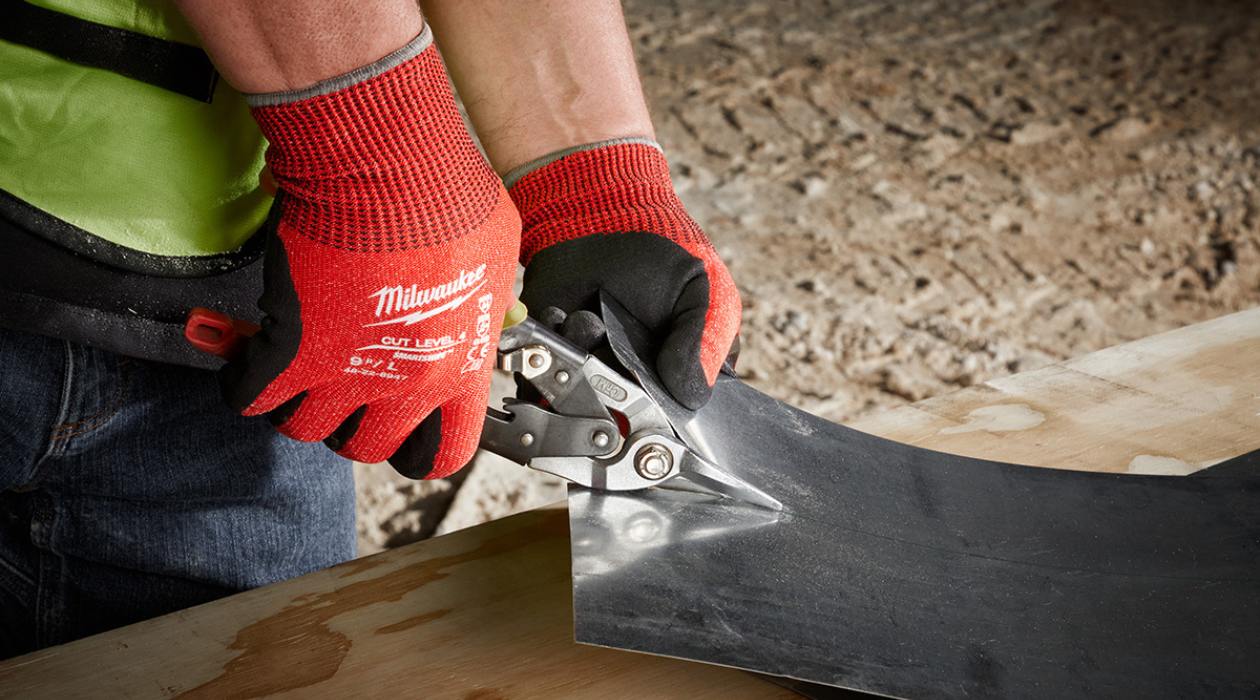
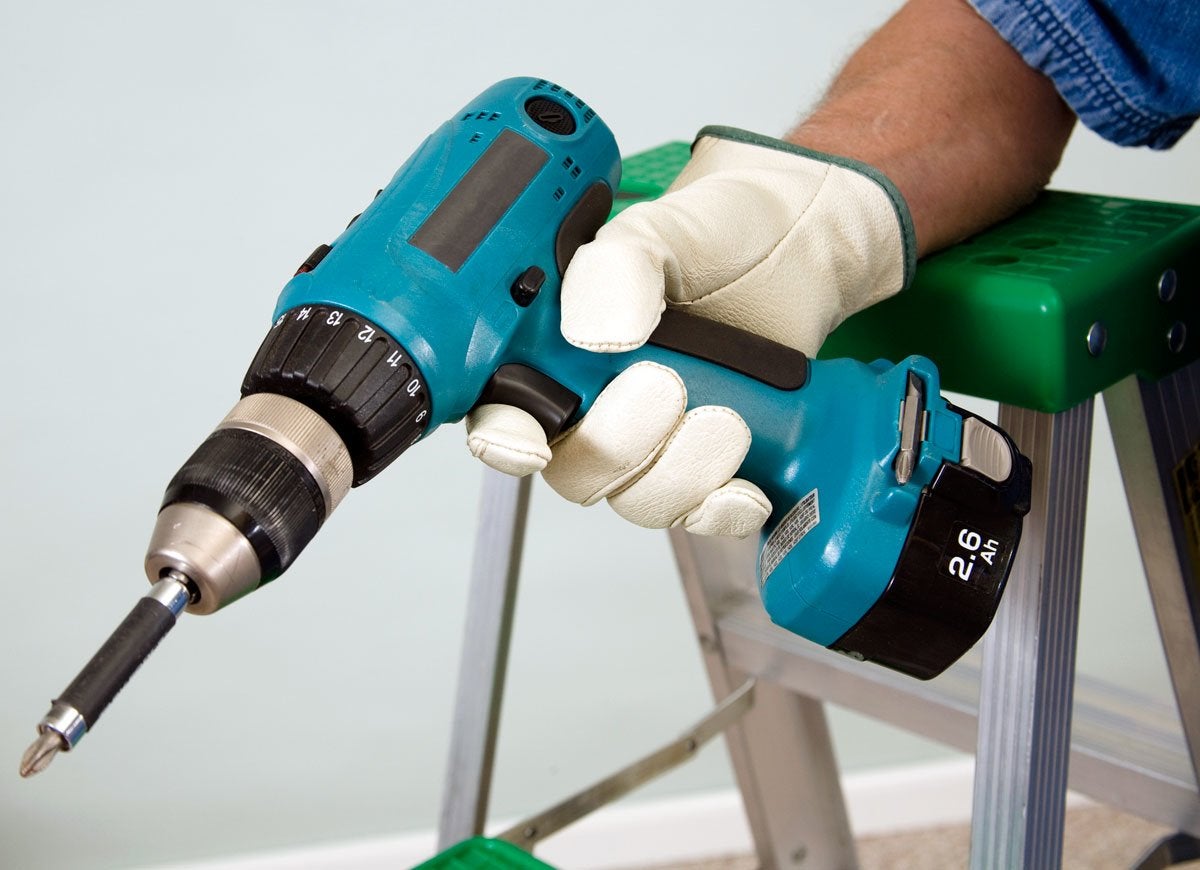
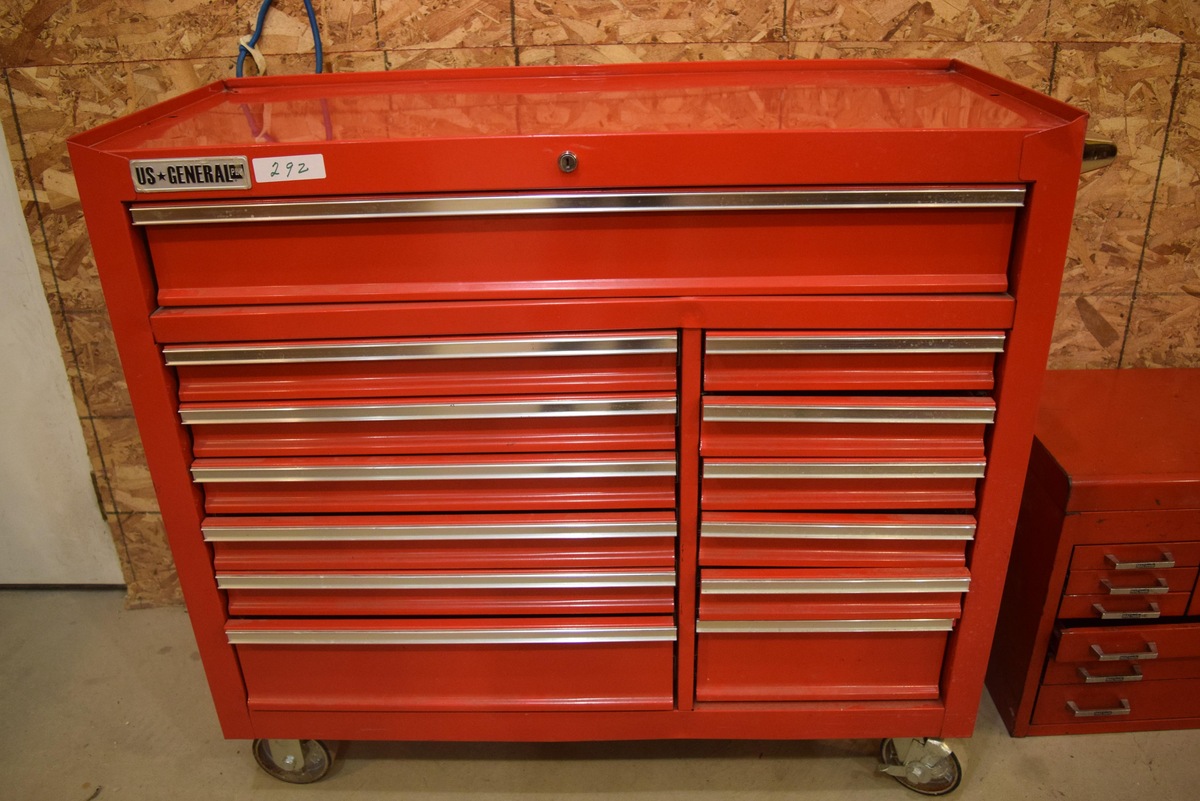
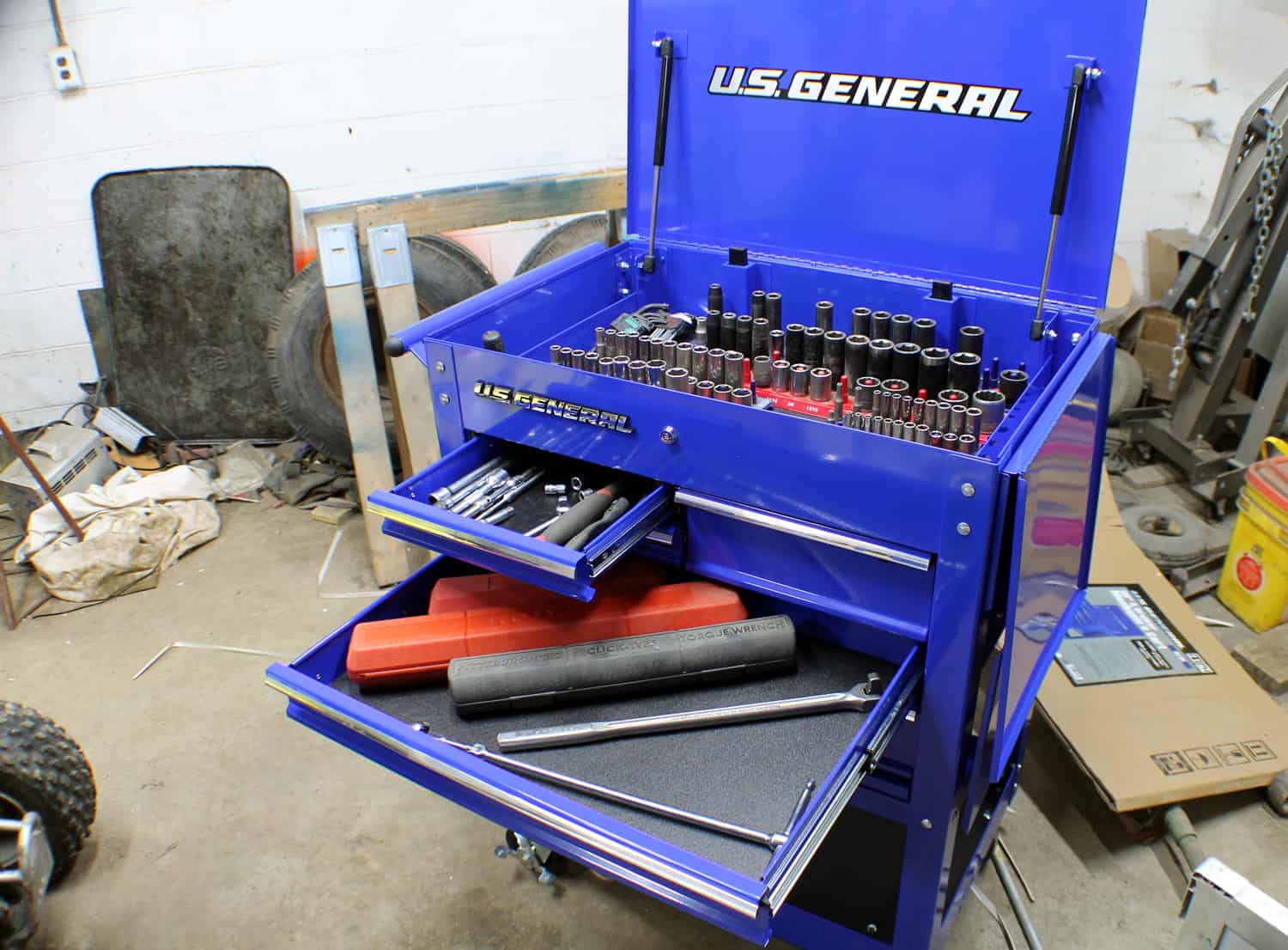
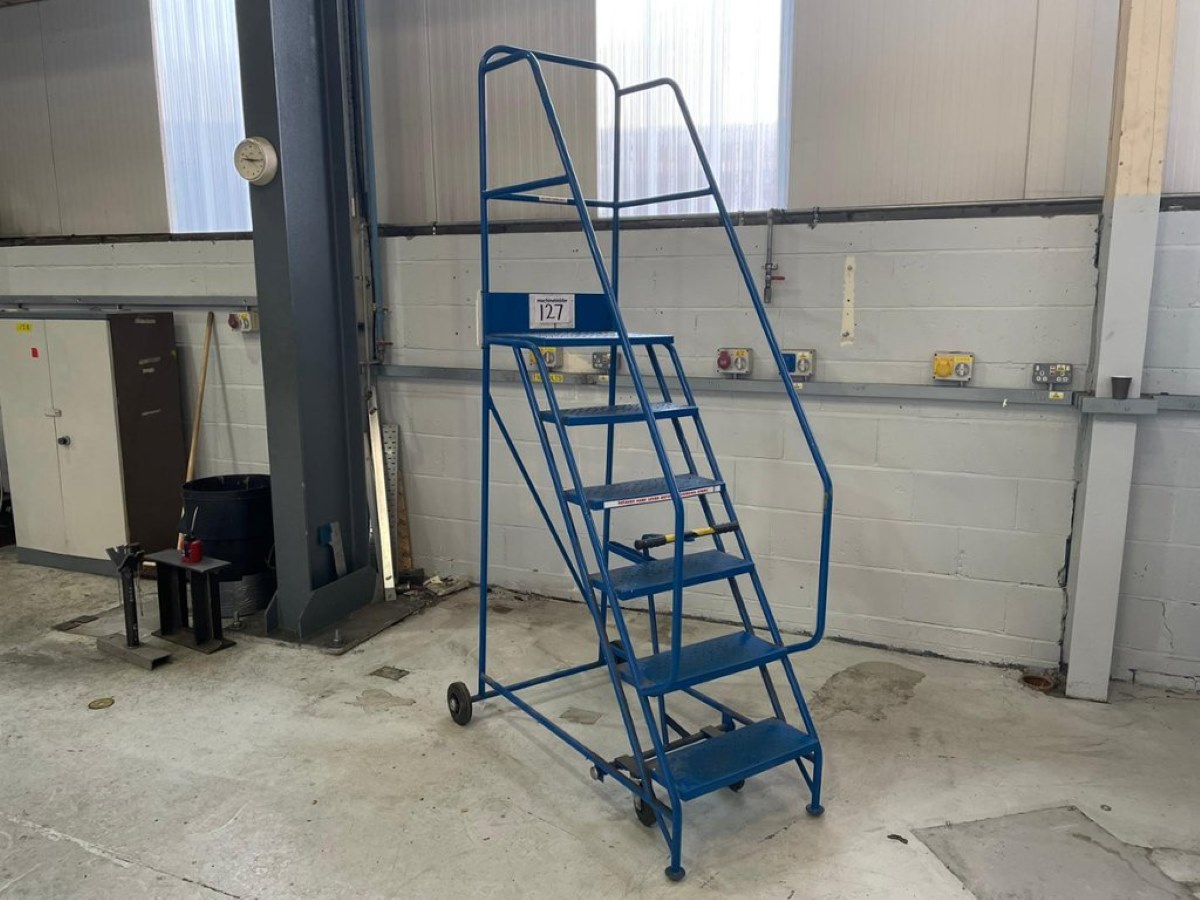
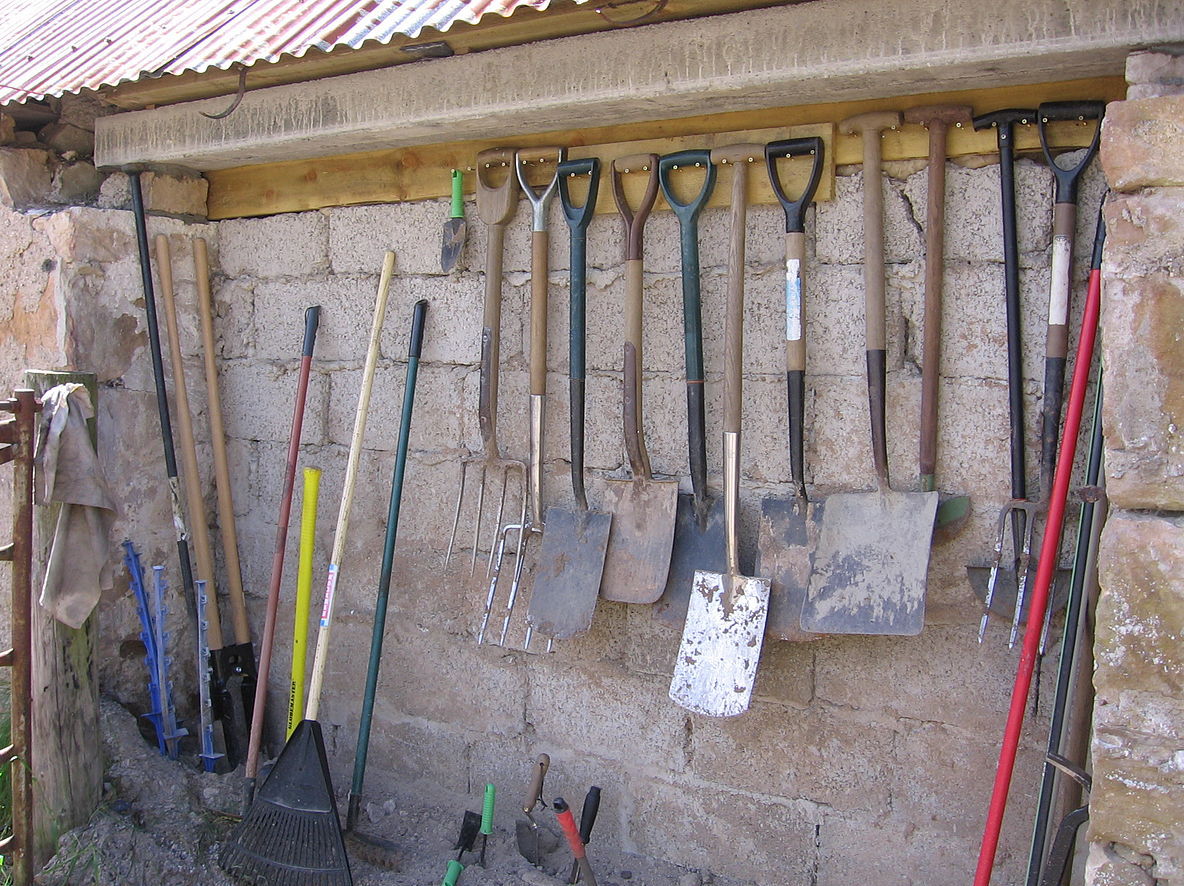
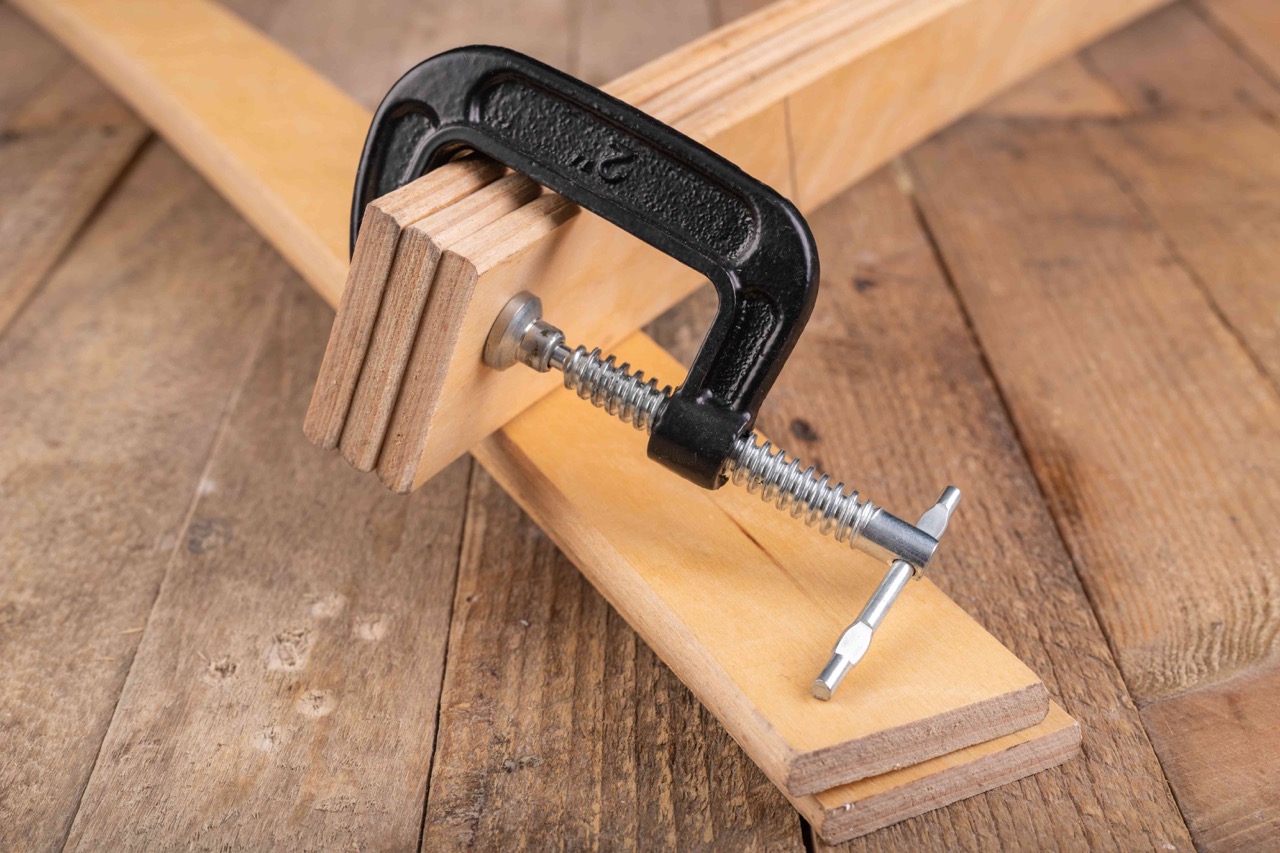

0 thoughts on “Two General Precautions When Carrying Hand Tools”